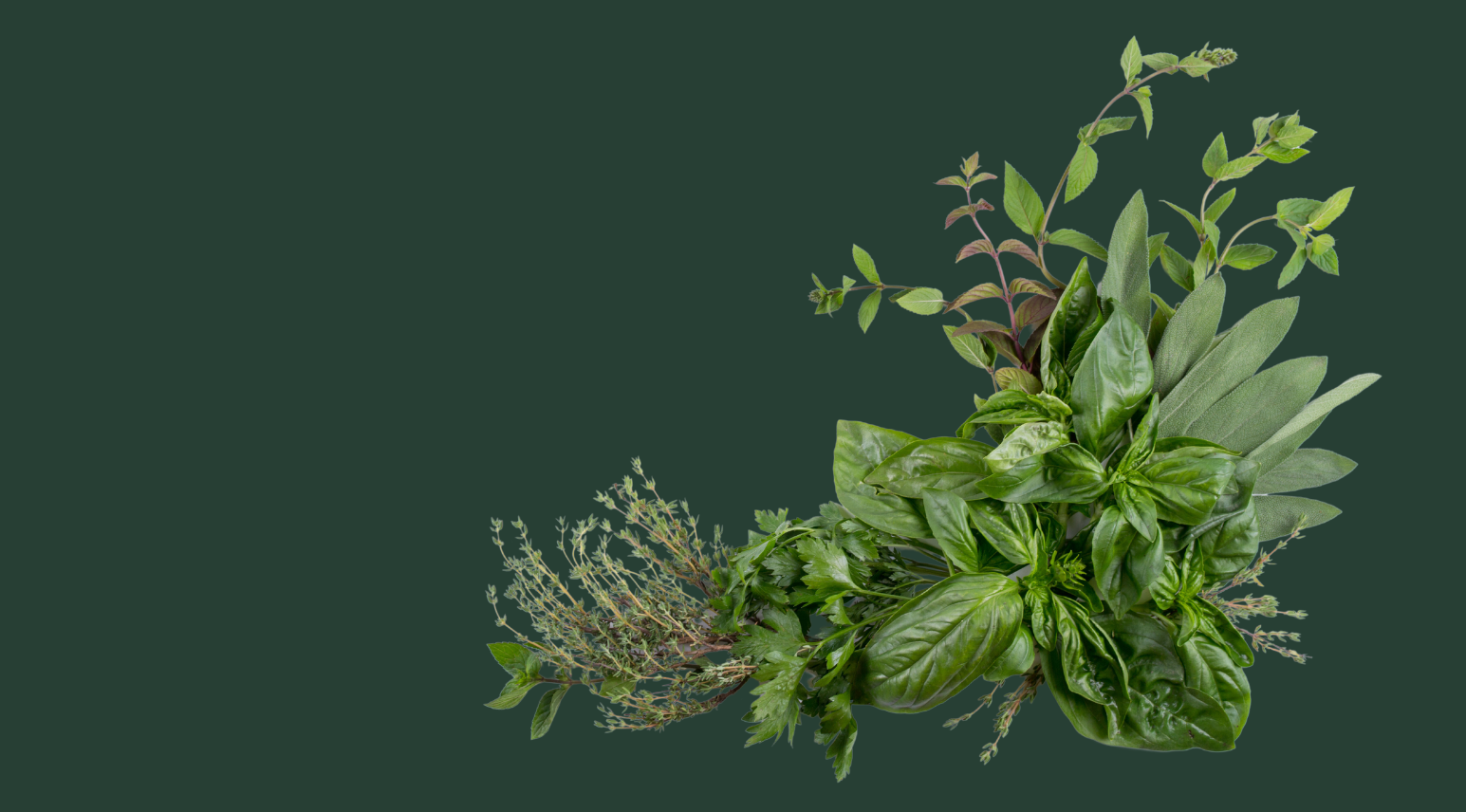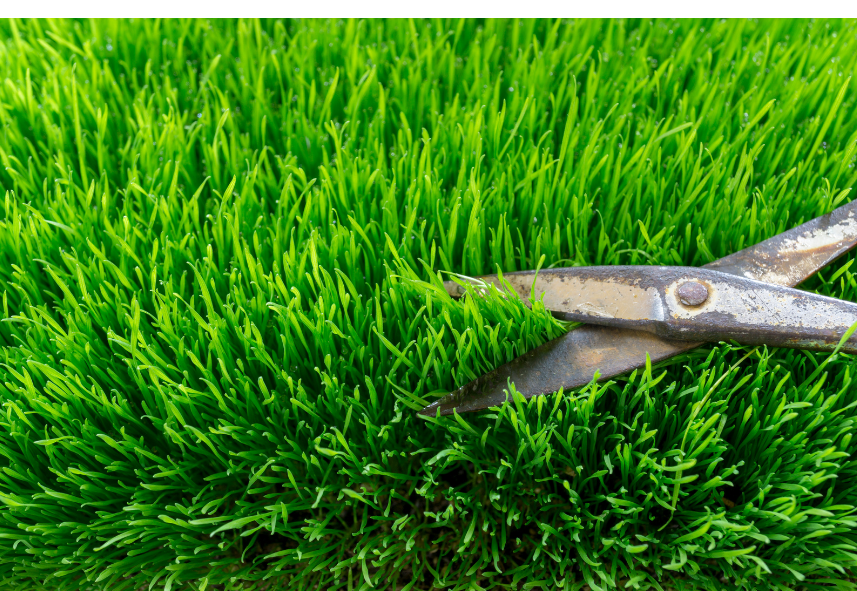Thinking of using dormant oils for a mite infestation? Check this out first!
Dormant oils were originally developed centuries ago to combat stubborn scale and mite infestations on fruit trees. At first, these oils were heavy and poorly refined, making them unsafe to use on woody plants after they have broken winter dormancy. Nowadays, horticultural oils are lightweight and highly refined (and can even be used at diluted rates during the summer), so the term “dormant oil” now refers to the time of application, rather than a particular type of oil.
were heavy and poorly refined, making them unsafe to use on woody plants after they have broken winter dormancy. Nowadays, horticultural oils are lightweight and highly refined (and can even be used at diluted rates during the summer), so the term “dormant oil” now refers to the time of application, rather than a particular type of oil.
Dormant oils are especially useful for treating overwintering eggs of insects that curl leaves in the spring (such as aphids), the overwintering of eggs of tent caterpillars and leaf rollers, mites that overwinter on conifers, and scale nymphs and adults. These oils kill pests by either blocking the spiracles through which they breathe or interfering with their metabolism. Using horticultural oils in favour of insecticides is now widely recommended, since oils pose little risk to humans, other mammals, birds or beneficial insects; don’t cause pests to build up a chemical resistance; evaporate quickly; and can be applied using existing spray equipment (always follow package directions to the letter).
 The majority of dormant oils available are refined petroleum products (mineral oils) that are filtered, distilled and de-waxed before they’re combined with an emulsifying agent, which allows the oil to be mixed with water before spraying. Dormant oils can be applied from late winter until two weeks before buds open. Be sure the temperature will remain above freezing for at least 24 hours and there isn’t any precipitation in the forecast. Spray on a dry, sunny morning to facilitate fast drying.
The majority of dormant oils available are refined petroleum products (mineral oils) that are filtered, distilled and de-waxed before they’re combined with an emulsifying agent, which allows the oil to be mixed with water before spraying. Dormant oils can be applied from late winter until two weeks before buds open. Be sure the temperature will remain above freezing for at least 24 hours and there isn’t any precipitation in the forecast. Spray on a dry, sunny morning to facilitate fast drying.
Many of the new, lighter horticultural oils are also suitable for summer use to combat adelgids, aphids, leafhoppers, mites, scale insects, whitefly and powdery mildew.
– Stephen Westcott-Gratton
Did you know?
Not all trees and shrubs tolerate dormant oil; those that are sensitive include:
Japanese Maple (Acer palmatum and cvs.)
Red Maple (Acer rubrum and cvs.)
Sugar Maple (Acer saccharum and cvs.)
Hickory (Carya spp. and cvs.)
Eastern Redbud (Cercis condenses and cvs.)
Smokebush (Cotinus spp. and cvs.)
Japanese Cedar (Cryptomeria japonicum & cvs.)
Beech (Fagus spp. and cvs.)
Japanese Holly (Ilex crenata and cvs.)
Walnut (Juglans spp. and cvs.)
Blue Junipers (Juniperus, blue cultivars)
Norway Spruce (Picea abies and cvs.)
Dwarf Alberta Spruce (Picea glauca ‘Conica’)
Colorado Spruce (Picea pungens and cvs.)
Eastern White Pine (Pinus strobes and cvs.)
Douglas Fir (Pseudotsuga menziesii and cvs.)
Red Oak (Quercus rubra and cvs.)
Yew (Taxus spp. and cvs.)






